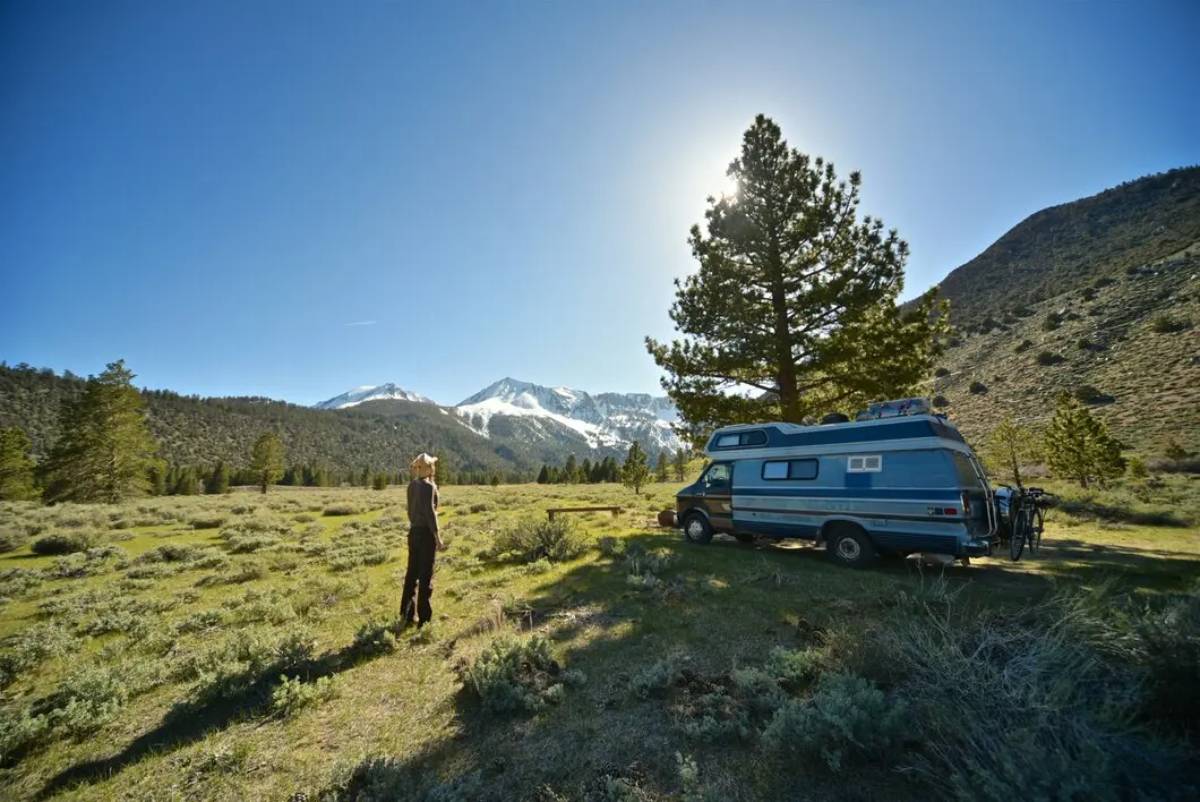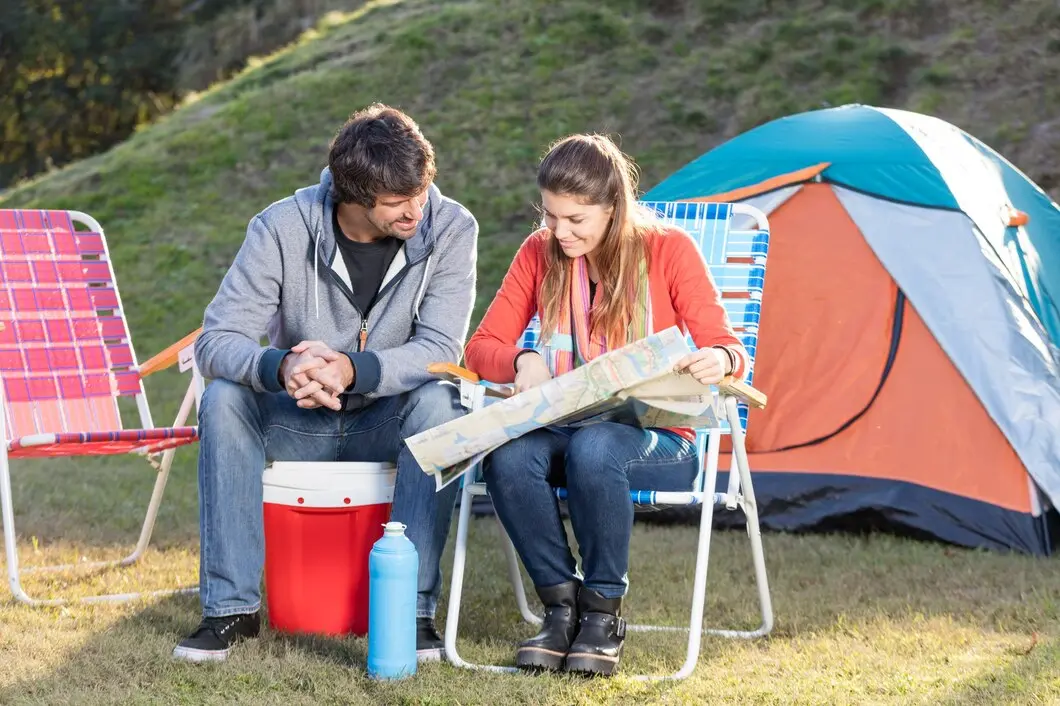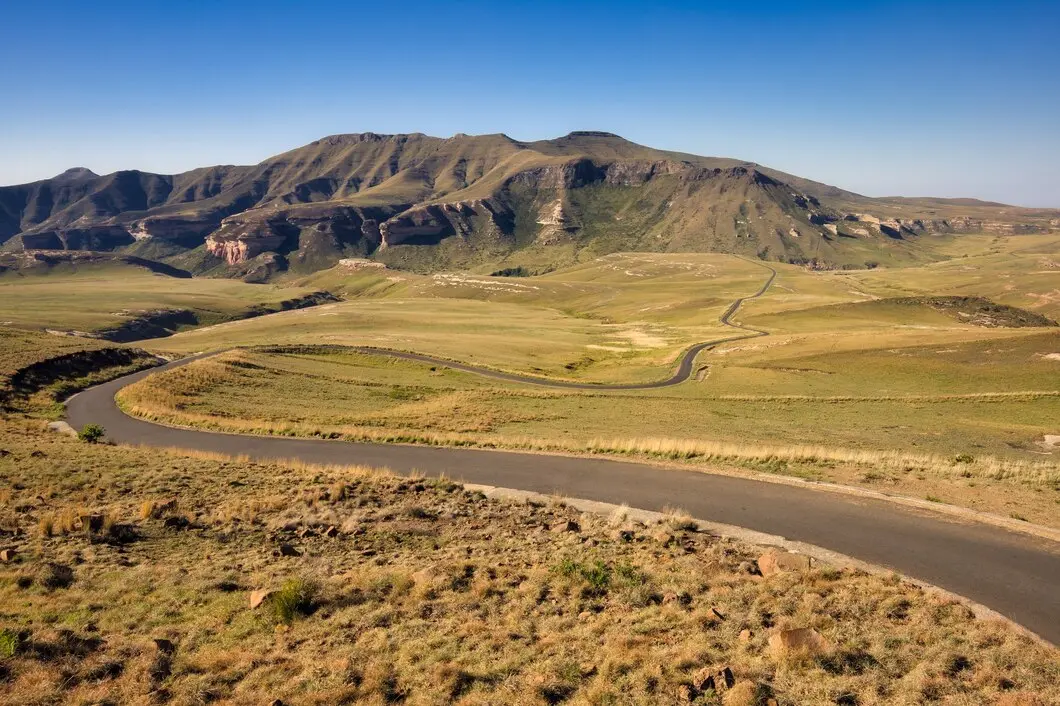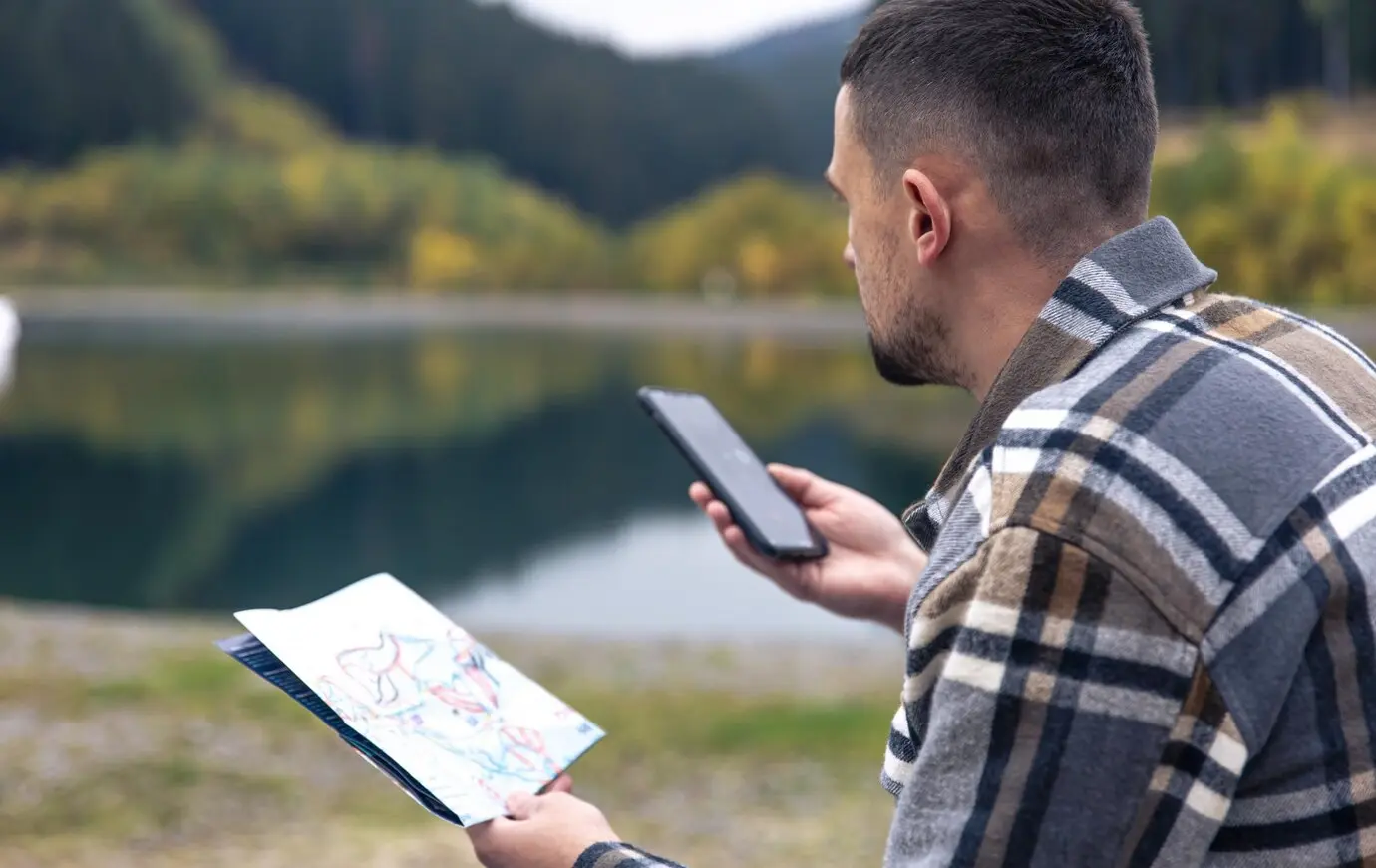The Ultimate Guide to Camping and Overlanding in Remote Areas
Get Off the Grid: If you’re an adventure seeker who loves disconnecting from the stress of everyday life, camping trips and Overlanding are ideal ways to escape. Whether you are adventuring across rough landscapes, camping beneath the stars, or travelling along off-grid routes, remote travel offers freedom of movement and close contact with nature like

Get Off the Grid: If you’re an adventure seeker who loves disconnecting from the stress of everyday life, camping trips and Overlanding are ideal ways to escape. Whether you are adventuring across rough landscapes, camping beneath the stars, or travelling along off-grid routes, remote travel offers freedom of movement and close contact with nature like no other.
This guide to remote travel includes camping tips from an explorer, the best overlanding destination and something you should do to stay safe on your journey. If you have proper planning, the right gear and an adventurous spirit, you can explore some of the world’s most untouched landscapes.
Essential Camping Tips for Remote Travel

1. Plan Your Route and Destination Carefully
When travelling to remote areas, you must have a solid plan. Unlike a typical road trip, with easily obtainable services, overlanding and staying in isolated areas necessitate attention to detail, mapping, and preparedness.
- Know Your Destination: Cook up the terrain, the climate, and the weather in the season. There might be certain areas that are simply inaccessible due to heavy rains, snowfall, or extreme temperatures.
- Download Offline Maps: Many remote places have no cell service. Backups, apps like Gaia GPS, Google Maps (offline mode), and good old paper maps.
- Identify Fuel Stops and Supply Points: Plan to refuel and stock up on supplies; gas stations can be hundreds of miles apart.
- Know where and what permits you need: Some regions require camping and/or vehicle access permits.
2. Pack the Right Gear for Comfort and Safety
Having the right gear can make or break your experience in the wild. Prioritise functionality, durability, and multi-purpose tools to maximise your packing efficiency.
- Shelter and Sleeping Gear: Invest in a high-quality tent, rooftop tent, or camper shell. Sleeping bags rated for extreme temperatures and insulated sleeping pads are necessary for cold nights.
- Cooking and Food Supplies: Pack a portable stove, fuel, and essential cookware. Non-perishable foods, high-energy snacks, and water filtration systems are must-haves for extended trips.
- Emergency and First Aid Kit: Include a well-stocked kit, emergency blankets, fire starters, and a satellite communication device in case cell service is not available.
- Vehicle Essentials: Ensure your vehicle has a spare tire, repair kit, recovery straps, a high-lift jack, and extra fuel canisters.
3. Set Up a Safe and Sustainable Campsite
Choosing the right campsite is vital for safety, comfort, and minimal environmental impact. To ensure the preservation of natural areas, follow Leave No Trace principles.
- Find Level Ground: A flat surface prevents sleeping discomfort and keeps gear secure.
- Stay Away from Water Sources: Camp at least 200 feet from rivers and lakes to protect the ecosystem and avoid unexpected flooding.
- Secure Your Food: In wildlife-heavy regions, store food in bear-proof containers or hang it from trees to prevent attracting animals.
- Minimise Campfire Impact: Use a portable stove instead of open fires where prohibited, and always fully extinguish any campfire before leaving.
Best Overlanding Destinations for Remote Travel

1. The Pan-American Highway
Stretching from Alaska to Argentina, the Pan-American Highway offers diverse landscapes, ranging from Arctic tundra to tropical rainforests and deserts.
- Highlights: Glacier-covered mountains, Amazonian jungles, and vast open plains.
- Challenges: Varied road conditions, border crossings, and unpredictable weather patterns.
- Best Time to Travel: Seasons vary by region; research each country’s ideal travel months.
2. The Australian Outback
Known for its extreme remoteness, the Australian Outback is a dream destination for overlanders seeking adventure in rugged, arid landscapes.
- Highlights: Endless red deserts, ancient rock formations, and unique wildlife like kangaroos and dingoes.
- Challenges: Long distances between fuel stations, extreme heat, and limited access to water sources.
- Best Time to Travel: April to September to avoid summer heat.
3. The Moroccan Sahara
The vast Sahara Desert in Morocco offers some of the world’s most stunning sand dunes and off-road adventures.
- Highlights: Golden dunes, camel caravans, and traditional Berber villages.
- Challenges: Loose sand requires a 4×4 vehicle, and water scarcity is a concern.
- Best Time to Travel: October to April, when temperatures are cooler.
4. The Trans-Siberian Highway
Crossing the vast wilderness of Russia, the Trans-Siberian Highway offers an unparalleled remote travel experience with its diverse landscapes and cultural landmarks.
- Highlights: Siberian taiga, remote villages, and challenging off-road sections.
- Challenges: Harsh winters, unpaved roads, and language barriers.
- Best Time to Travel: Summer months, from June to August, for safer driving conditions.
Safety Measures for Remote Camping and Overlanding

1. Always Inform Someone About Your Plans
Before heading out, let a trusted person know your itinerary, expected return time, and emergency contacts. This precaution ensures that someone can alert authorities if you don’t check-in.
2. Carry Extra Food, Water, and Fuel
Remote areas often lack nearby stores or resources, so stocking up is vital. Bring at least three days’ worth of extra supplies in case of unexpected delays.
3. Be Aware of Wildlife and Local Hazards
- Bears and Predators: Store food securely in wildlife-proof containers.
- Venomous Creatures: Wear protective boots and avoid reaching into unseen areas.
- Extreme Weather: Based on location, prepare for sudden storms, snow, or heatwaves.
4. Learn Basic Vehicle Repair Skills
Handling minor mechanical issues can prevent being stranded in remote locations. Learn how to:
- Change a tyre.
- Fix a flat or punctured tyre.
- Troubleshoot engine overheating.
- Use a tow strap and winch for self-recovery.
Enjoy the Wilderness With Smart Camping Tips
Camping trips and overlanding in the countryside often become one of the most rewarding expeditions where you can easily spend days or weeks if you can ever live in your vehicle and camp out in the wild. They offer profound experiences in nature and challenges in self-sufficiency. Read more: These camping tips help you travel remotely safely, plus the best overlanding destinations.
Every wilderness expedition is an opportunity to reconnect to nature and test your wilderness survival skills with careful planning, sustainable practices, and a shift in mindset. So, prepare, plan, and embark on the trip of a lifetime!